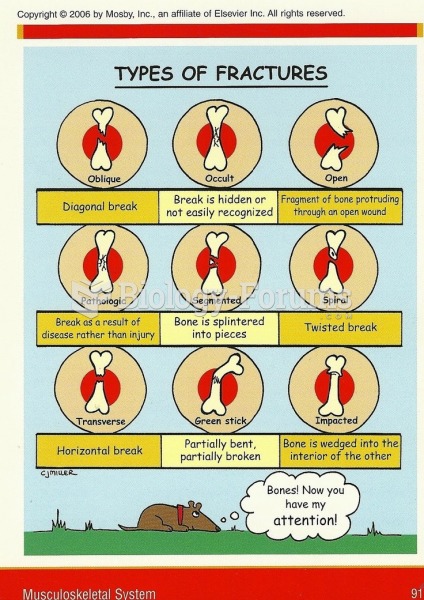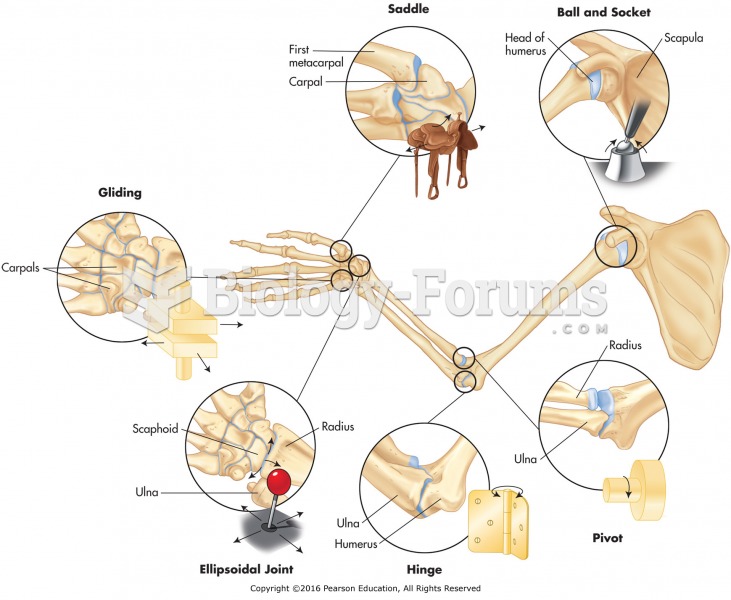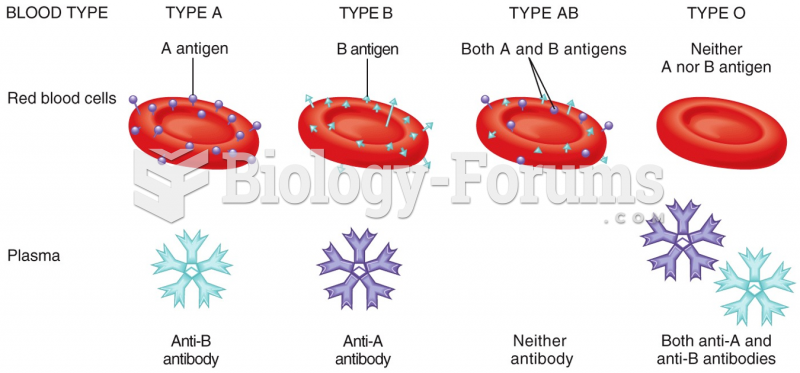Answer to Question 1
Spoofing is another term for someone pretending to be someone else. If you pretend to be your professor, you are spoofing your professor. IP spoofing occurs when an intruder uses another site's IP address to masquerade as that other site. Email spoofing is a synonym for phishing. Wireless access points can be spoofed by similar-sounding access points that then eavesdrop on an unsuspecting user who mistakes the evil twin access point for the legitimate one.
Answer to Question 2
The different steps are (1 ) plan, (2 ) source, (3 ) make, (4 ) deliver, and (5 ) return.
Supply chain management (SCM) starts with planning, with the goal of building a nimble supply chain that aligns with actual business goals. If the corporate strategy calls for low-cost leadership, for example, a company will strive to reduce costs for transportation and inventory storage. In step 2, managers make decisions about sources, and which suppliers to use. Again, the business strategy should guide many choices, such as whether to commit to long-term contracts or encourage frequent and fierce competition among potential suppliers. The make step transforms the resources into something with more value. Supply chain managers track inventory at each stage, fine-tuning the flow so that some parts don't run short while others are overstocked. Managers' keen interest in inventory levels continues through the delivery step, as products are transported to distribution centers and retailers. Finally, SCM includes returns.







